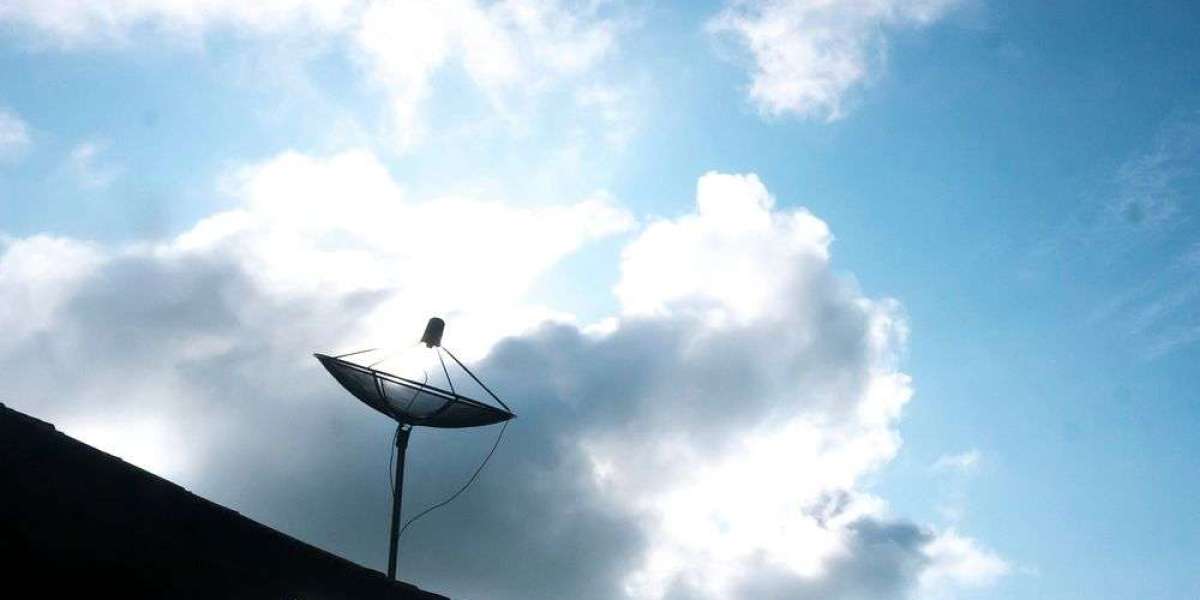In today's digital age, staying connected through reliable signal reception is crucial for a myriad of activities, from streaming your favorite shows to maintaining a seamless communication line. However, poor signal reception is a common issue that can be incredibly frustrating. Fortunately, with the right antenna accessories and troubleshooting steps, you can significantly improve your signal quality. This article will guide you through understanding the causes of poor signal reception, the essential antenna accessories you need, and practical troubleshooting tips to enhance your signal strength.
Environmental Interference
One of the primary causes of poor signal reception is environmental interference. Buildings, trees, mountains, and even weather conditions like rain and snow can obstruct signal paths. Understanding how these elements affect your signal can help you make informed decisions about antenna placement and the types of accessories you might need.
Antenna Type and Quality
The type and quality of your antenna play a significant role in signal reception. Not all antennas are created equal, and some are better suited for specific frequencies and signal ranges. Using a substandard or incorrect antenna for your specific needs can result in weak or no signal reception.
Obstructions and Placement Issues
Physical obstructions within your home, such as walls and furniture, can degrade signal quality. Additionally, improper placement of your antenna can significantly impact reception. For instance, placing an antenna too close to electronic devices or inside a cabinet can cause signal interference.
Cable Quality and Connections
The quality of the cables and connections used to link your antenna to your devices can also affect signal strength. Poor quality or damaged cables can result in significant signal loss. Ensuring that all connections are secure and using high-quality cables can make a substantial difference.
Essential Antenna Accessories
Signal Amplifiers and Boosters
Signal amplifiers and boosters are essential accessories that can enhance weak signals. These devices work by amplifying the incoming signal from your antenna, making it stronger and more reliable. There are various types of amplifiers available, each suited for different signal strengths and environments.
High-Quality Coaxial Cables
Investing in high-quality coaxial cables is crucial for maintaining signal integrity. Low-quality or damaged cables can cause signal loss and interference. Look for cables with low attenuation rates and strong shielding to ensure the best performance.
Antenna Rotators
Antenna rotators allow you to adjust the direction of your antenna remotely. This can be particularly useful for optimizing signal reception from different broadcast towers. By fine-tuning the direction of your antenna, you can significantly improve signal strength and quality.
Attenuators
While amplifiers boost signal strength, attenuators are used to reduce it. In some cases, signals can be too strong, causing distortion. Attenuators help balance the signal to a more manageable level, ensuring optimal reception without overloading your equipment.
Mounting Hardware and Accessories
Proper mounting hardware is essential for securing your antenna in the optimal position. Wall mounts, tripods, and mast extensions can help elevate your antenna above obstructions and improve signal reception. Ensuring your antenna is stable and correctly positioned can prevent signal drops and interference.
Troubleshooting Poor Signal Reception
Assessing the Current Signal Strength
Before making any adjustments or purchasing accessories, it's essential to assess your current signal strength. Use a signal strength meter or your device's built-in signal diagnostic tools to determine the quality of your reception. This initial assessment will help you understand the extent of the problem and guide your troubleshooting efforts.
Optimizing Antenna Placement
Proper antenna placement is crucial for optimal signal reception. Here are some tips for finding the best spot:
- Higher is Better: Placing your antenna higher up can help avoid obstructions and improve signal strength.
- Near Windows: Positioning your antenna near a window can reduce interference from walls and other obstacles.
- Avoid Electronic Devices: Keep your antenna away from electronic devices that can cause interference, such as routers and microwaves.
Checking and Replacing Cables
Inspect all cables and connections for signs of wear or damage. Replace any cables that appear frayed or damaged. Using high-quality coaxial cables with proper shielding can reduce signal loss and improve reception. Ensure all connections are secure and tight to prevent signal leakage.
Using Signal Amplifiers
If your signal strength is weak, consider using a signal amplifier. Place the amplifier as close to the antenna as possible to boost the signal before it travels through the cable. This can help maintain signal integrity and improve reception quality.
Fine-Tuning with an Antenna Rotator
If your antenna supports it, use an antenna rotator to adjust its direction. Slowly rotate the antenna and monitor the signal strength to find the optimal position. This can be particularly useful if you're trying to receive signals from multiple broadcast towers.
Implementing Attenuators
In cases where the signal is too strong, resulting in distortion, use an attenuator to reduce the signal strength to a manageable level. This can help improve clarity and prevent overload on your devices.
Utilizing Splitters and Amplifiers Correctly
If you're using splitters to connect multiple devices, ensure you're using high-quality splitters that minimize signal loss. Additionally, use distribution amplifiers if necessary to maintain signal strength across multiple outputs. Incorrect use of splitters can lead to significant signal degradation.
Avoiding and Minimizing Interference
Interference from other electronic devices can impact signal quality. To minimize interference:
- Keep Distance: Place your antenna away from devices like routers, cordless phones, and microwaves.
- Shielding: Use cables with good shielding to protect against electromagnetic interference.
- Filter Noise: Consider using filters to block out unwanted frequencies that can cause interference.
Regular Maintenance and Updates
Regular maintenance of your antenna system can prevent signal issues. Clean your antenna and ensure it is free from rust or debris. Periodically check all connections and cables for wear and tear. Additionally, stay updated with the latest firmware and software updates for your devices to ensure optimal performance.
Troubleshooting poor signal reception can be a daunting task, but with the right antenna accessories and practical steps, you can significantly improve your signal quality. Start by understanding the common causes of signal issues and invest in essential accessories like signal amplifiers, high-quality cables, and antenna rotators. Optimize your antenna placement, regularly check and maintain your equipment, and utilize tools like attenuators and splitters correctly. By following these guidelines, you can enjoy a stronger, more reliable signal for all your digital needs.








